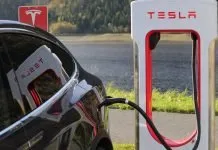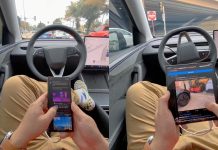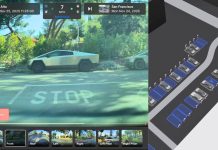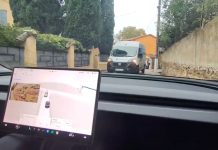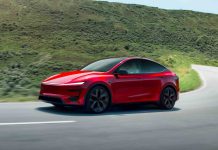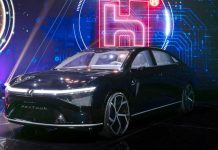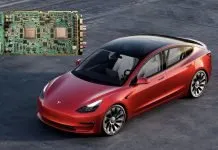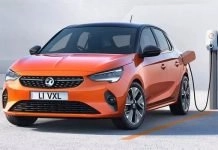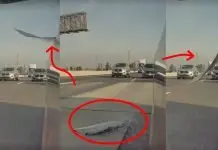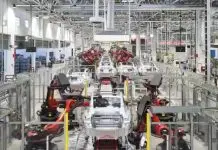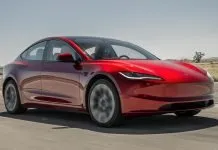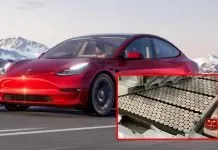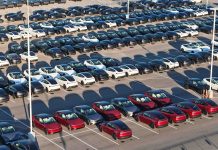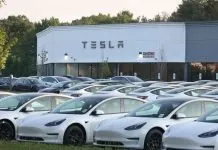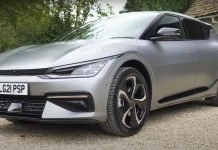Through a revolutionary initiative, Elon Musk directed Tesla to install upgraded Hardware 3 (HW3) self-driving computers into cars with Full Self-Driving (FSD) packages bought by customers. As Musk described the process as “painful and difficult” he explained that this upgrade remains essential for achieving full autonomy.
“Tesla will have to upgrade HW3 computers for those who have purchased FSD”.
“That will be painful and difficult, but we’ll get it done. Now, I’m kinda glad that not that many people bought the FSD package.” Musk said.
This significant announcement came during Tesla’s recent earnings call and represents a major shift in the company’s autonomous driving strategy.
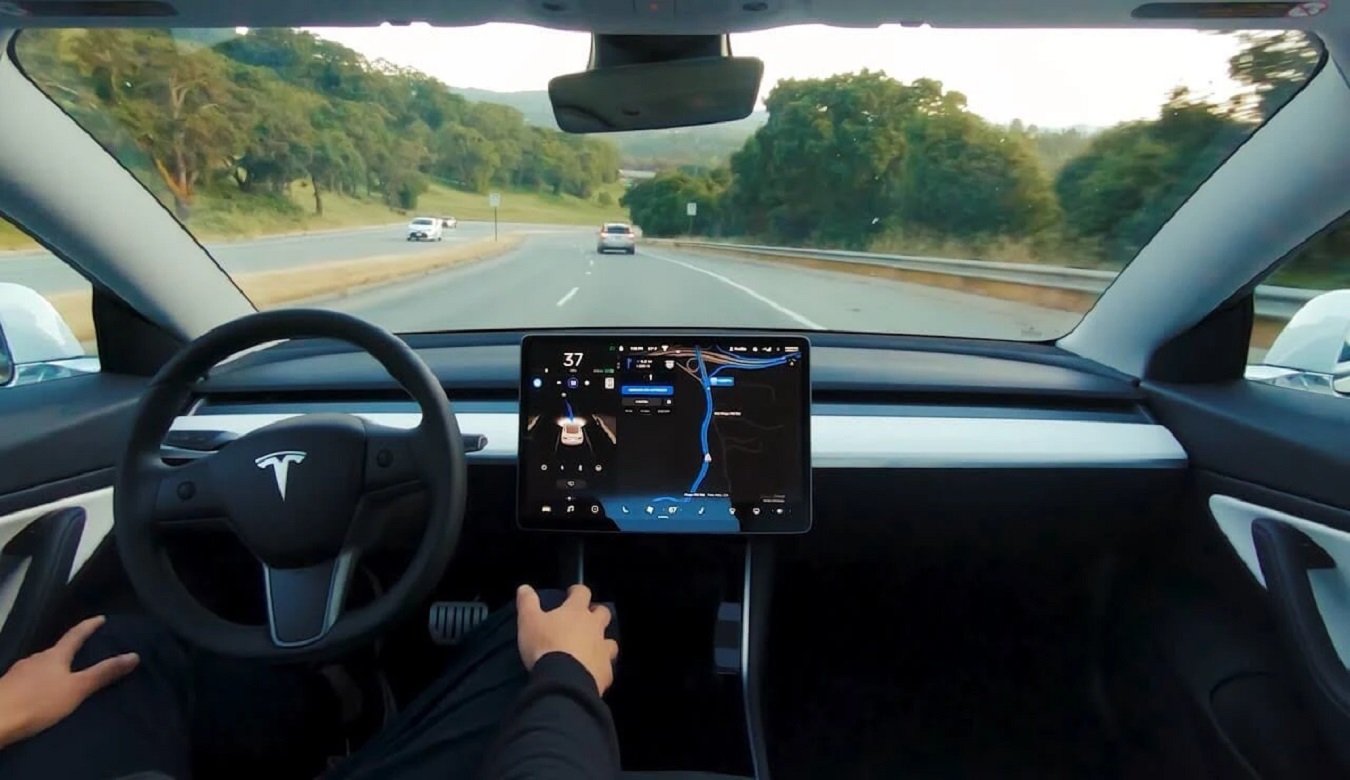
Tesla Confirms HW3 Computer Upgrades for Customers Who Purchased FSD
The Full Self-Driving Computer which Tesla calls HW3 represents a customized chip created to address the extreme processing needs of autonomous driving. HW3 launched in 2019 as the successor to Hardware 2.5 which delivers processing power at 21 times its previous capacity. The refined hardware allows Tesla vehicles to analyze substantial amounts of camera data sensor information and radar data during real-time operations to fulfill self-driving targets.
🔥 Elon Musk honestly answered that Tesla is “going to have to upgrade HW3 computers for those who have purchased FSD”.
“That's going to be painful and difficult, but we'll get it done. Now, I'm kinda glad that not that many people bought the FSD package.” pic.twitter.com/6JUDYL3gC5
— Tesla Newswire (@TeslaNewswire) January 29, 2025
Tesla provides the HW3 hardware upgrade at no cost to all customers who already own the FSD package. Tesla provides FSD package upgrades for free to early adopters who purchased the feature previously because Tesla wants to uphold promises made to investors anticipating future autonomy. Musk confirms that the upgrade process remains “painful and difficult” even though it involves reworking previous cars with new hardware components.
Why the Upgrade Is Necessary
Complete self-driving systems combine advanced software capabilities with hardware components that can execute these advanced software functions. The achievement of full self-driving capabilities through Tesla’s Autopilot system requires a specific computational strength which can only be delivered by HW3. The modernized hardware system can execute complex operations involving object detection route planning and decision functions under real-time conditions with unpredictable driving conditions.
Musk continues to defend Tesla’s approach which focuses on vision-based equipment since the company rejects lidar technology while relying solely on cameras coupled with neural networks. The priority of effective visual data processing demands HW3 hardware due to its unmatched capabilities. The HW3 upgrade provides Tesla with a method to enable FSD functionality across their entire FSD-equipped fleet and secure software advancements in the future.
Challenges of the Upgrade Process
The HW3 upgrade delivers multiple advantages although implementing it results in several implementation hurdles. Upgrading older Tesla vehicles with new hardware equipment demands substantial time and resources because of the large number of vehicles currently on the road. The volume of service requests at Tesla’s centers will likely create delays because they must handle many vehicle update demands.
Upgrading requires attention beyond conventional computer exchange because the process extends to additional testing and calibration measures. The installation of HW3 into Tesla vehicles demands thorough examination and calibration procedures because these vehicles run as integral networks of components. Musk probably meant the “painful and difficult” aspect referred to the complicated nature of the upgrade.
Conclusion
Tesla takes a decisive step forward in autonomous system development by offering FSD package owners the essential HW3 hardware upgrade. Tesla demonstrates its commitment to technological innovation by implementing difficult updates that fulfill the promises made to its consumers.

